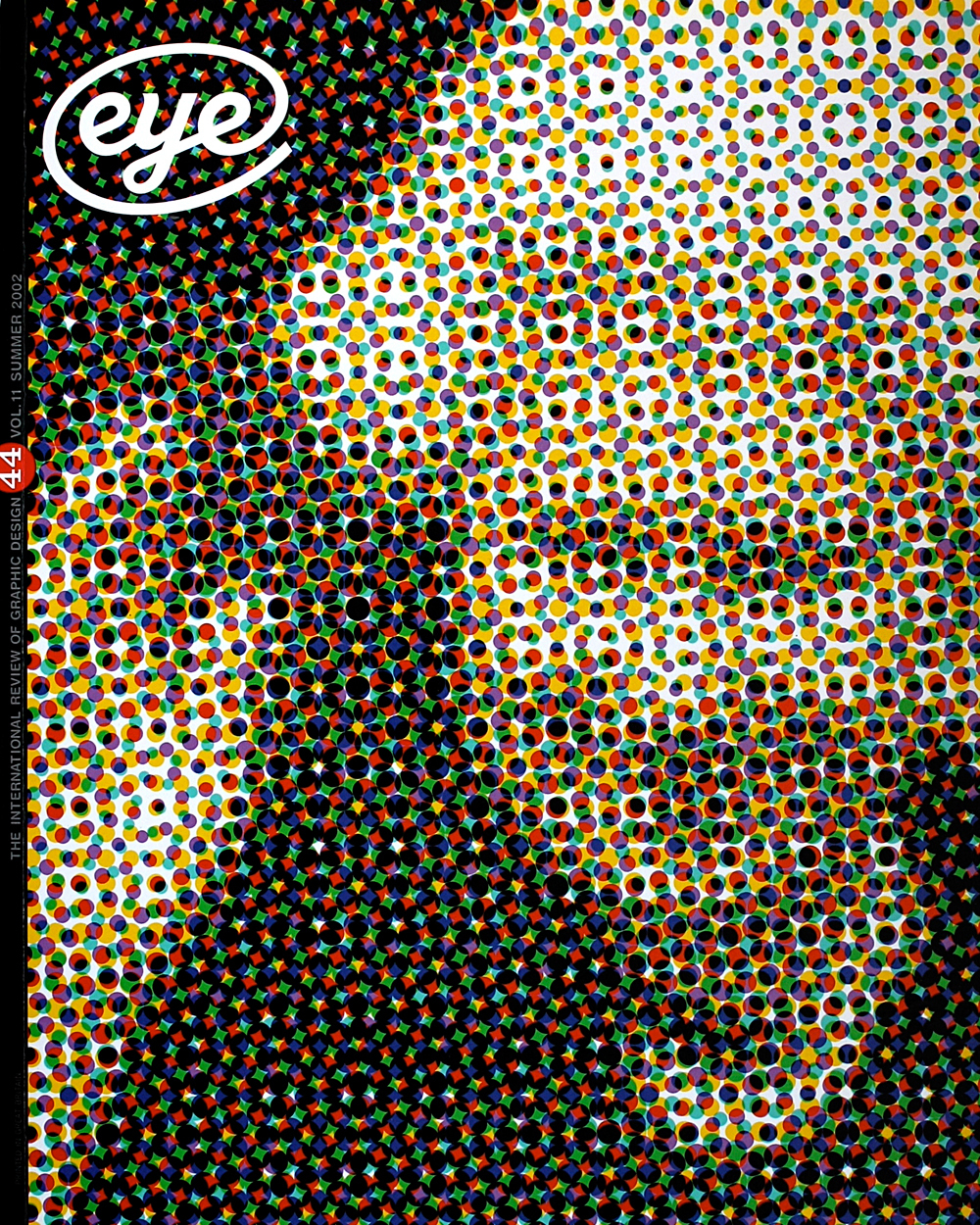Summer 2002
Reading the news
In an-depth pictorial essay Phil Baines examines the ways major UK newspapers, tabloid and broadsheet, presented the events of September 11
Summer in Fleet Street (as the British newspaper industry is still known) is termed the ‘silly season’. Rumours abound, politicians are still on holiday, real news seems scarce and trivial items are turned into front page stories. Five years ago the silly season ended with the death of Princess Diana. On 11 September 2001 it terminated with the terrorist attacks on the World Trade Center in New York and the Pentagon in Washington DC.
As a story, the attack on the twin towers was unusual because we actually saw it happen as the news broke in the early afternoon. Because so many people now have cameras there were several versions of the second plane crashing by the time of the late television news, and by the next morning film of the first attack appeared. And though you knew that thousands were dying, you had to watch it happen again and again: from this side, from the other, from underneath, from far away: how could the papers compete with that? Yet while British TV on the evening of the disaster was at its liberal worst, the following morning’s papers showed them at their catholic best.
Newspapers are in the business of finding things out quickly, but on a regular day much of the paper is already written, if not laid out. London’s Evening Standard managed to change its first three pages for its final edition but picture coverage was limited to screen grabs from the BBC’s television news. The morning papers of 12 September had more to work with but only seven to ten hours to put the issue together, so the morning’s work was abandoned or shelved and entire papers were restructured.
Besides pictures, what the UK papers brought to their coverage were facts and a wide range of information. Although with hindsight we know that some of the figures are wrong, the amount of background material – on the other hijackings, on terrorism and Bin Laden – is impressive given the time available. Having watched TV so much on the 11th, I realised how many reports were repeated without change and how little information I was actually getting. In terms of information per minute, TV is poor, radio considerably better but reading the papers is best of all.
Phil Baines, designer, tutor of typography, Central St Martins, London
First published in Eye no. 44 vol. 11 2002
Eye is the world’s most beautiful and collectable graphic design journal, published for professional designers, students and anyone interested in critical, informed writing about graphic design and visual culture. It is available from all good design bookshops and online at the Eye shop, where you can buy subscriptions and single issues.

